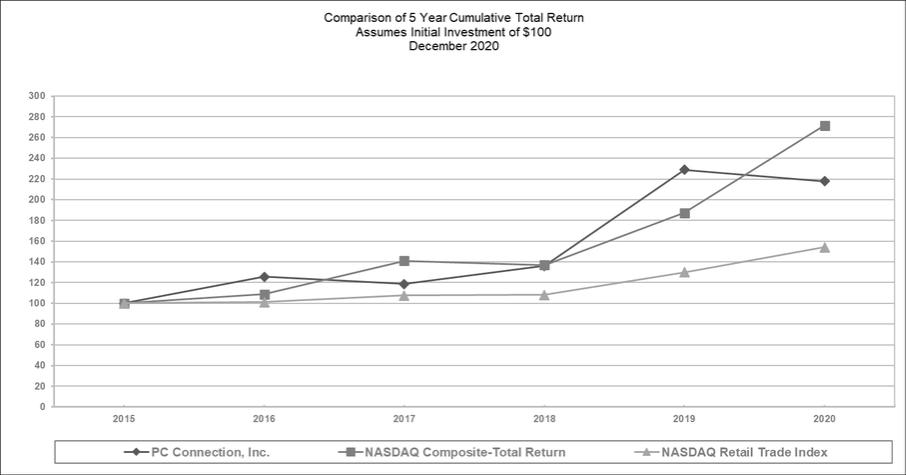Free signup for more
- Track your favorite companies
- Receive email alerts for new filings
- Personalized dashboard of news and more
- Access all data and search results
Content analysis
?| Positive | ||
| Negative | ||
| Uncertain | ||
| Constraining | ||
| Legalese | ||
| Litigious | ||
| Readability |
H.S. freshman Avg
|
|
New words:
absenteeism, aforementioned, airline, altogether, anniversary, Announced, attention, Australia, automating, beneficiary, budget, China, closure, COBRA, comparison, compelled, consulting, contractor, conversion, coverage, culture, cycle, death, deployed, diligently, DIO, discontinued, Discusion, disease, distance, distancing, divert, diverted, downturn, DPO, DSO, duration, ease, embedded, ERP, essential, eventual, export, felt, fight, fine, forfeiture, forward, front, GAAP, gathering, Google, health, hedge, home, hospitality, imposition, Incentvie, indemnification, injunction, inline, instructing, intellectual, Japan, joint, leadership, learning, leave, lose, lost, manual, master, mathematical, month, NaN, outbreak, pandemic, parental, philanthropic, properly, provincial, rapidly, remarketing, Retention, retirement, revoking, rolling, sample, shrinking, shutdown, situated, slightly, slower, sound, successful, surfaced, surrender, suspended, sustained, temporary, Topic, tort, travel, treatment, tuition, tune, unaffiliated, unvested, volunteer, widespread, worker, World, Wuhan
Removed:
agree, allocating, annum, approach, assumed, audience, catalog, classification, comparable, compare, Connected, currency, deductibility, deliverable, depict, depth, determinable, discourage, doubtful, eliminating, equal, extending, featuring, grew, handheld, immaterial, informative, lessee, longer, measuring, modified, notion, periodic, persuasive, pool, preceding, principle, publication, ranged, relocation, remained, renewed, retrospective, revaluation, reward, setting, showcase, transform, translation, voted, withheld, withholding, workplace
Filing tables
Filing exhibits
Related press release
Associated CNXN transcripts
CNXN similar filings
Filing view
External links
